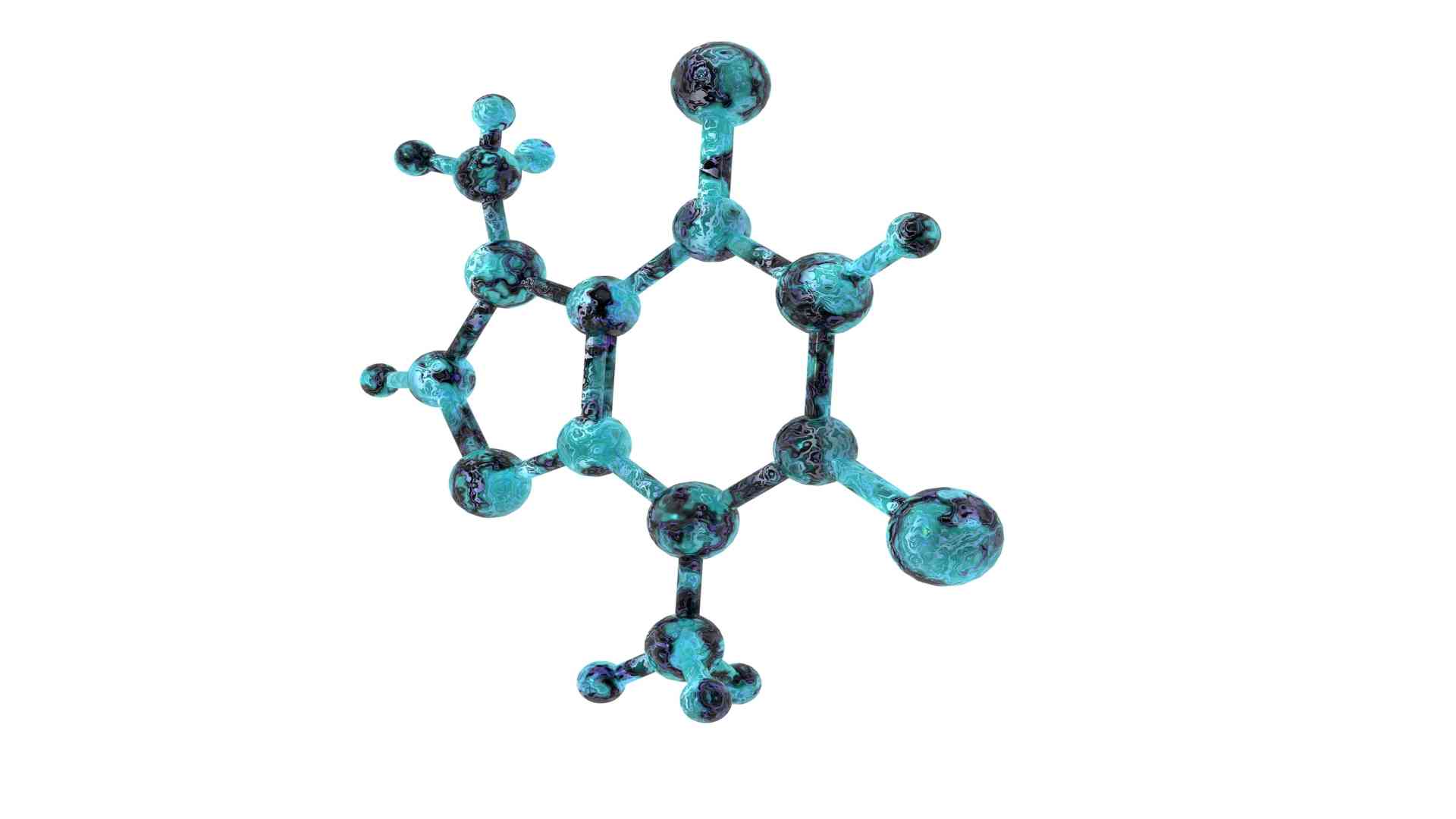Introduction to Boron Phosphide
Boron Phosphide, also known as boron monophosphide or BP, is a chemical compound of boron and phosphorus. It is a semiconductor with high thermal and chemical stability, useful in high-power, high-frequency applications and laser diodes.

Boron Phosphide
Henri Moissan generated the crystals of this chemical compound in 1891. BP crystals can be either n-type or p-type, depending on their composition. For example, pure BP is almost transparent, while n-type crystals are orange-red and p-type ones are dark red. Additionally, BP is not attacked by acids or boiling alkali solutions; it is only vulnerable to molten alkalis.
Synthesis of Boron Phosphide
Despite having numerous advantageous technological properties, cubic BP is known for its difficult synthesis, thus preventing it from being a widely used material. The recent work develops and compares three different methods of synthesis: a high-temperature reaction of elements, Sn flux-assisted synthesis, and a solid-state metathesis reaction.
The structural and optical properties of the three methods’ products were thoroughly characterized. In terms of reaction temperature and time, solid-state metathesis is the cleanest and most efficient method. Sn flux synthesis produced a novel Sn-doped BP compound.
The optical bandgap of undoped BP samples is 2.2 eV, whereas Sn-doped BP has a significantly smaller bandgap of 1.74 eV. These prepared samples exhibit high stability in concentrated hydrochloric acid, saturated sodium hydroxide solutions, and fresh aqua regia.
A simple reaction between PCl3 and NaBF4 with Na as a reductant resulted in the successful synthesis of nanocrystalline boron phosphide (BP) at a low temperature (400°C). According to the X-ray powder diffraction patterns, the resultant was cubic BP with a lattice constant of 4.533 Å.
Physical Properties of Boron Monophosphide
| Properties | Details |
|---|---|
| Compound Formula | BP |
| Moelcular Weight | 41.7855 g/mol |
| Appearance | Maroon Powder |
| Melting Point | 1,100 °C |
| Density | 2.90 g/cm3 |
| Band Gap | 2.1 eV (indirect, 300 K) |
| Thermal Conductivity | 4.6 W/(cm·K) (300 K) |
| Refractive Index | 3.0 (0.63 µm) |
| Crystal Structure | Zinc blende |
| Lattice Constant | 0.45383 nm |
| Coefficient of Thermal Expansion | 3.65×10−6 /°C (400 K) |
| Heat Capacity | 0.8 J/(g·K) (300 K) |
| Debye Temperature | 985 K |
| Bulk Modulus | 152 GPa |
Source – https://en.wikipedia.org/wiki/Boron_phosphide
Electronic and Optical Properties of Boron Phosphide Heterostructures
Van der Waals heterostructures (vdW) are promising structures for future optoelectronic devices. Recent studies on vdW heterostructures investigated the electronic and optical properties of boron phosphide heterostructures in the framework of density functional theory (DFT) and tight-binding (TB) approximations.
Also, the variation of the energy bandgap, the properties of the energy band diagram, charge redistribution by stacking, and the electrostatic potential along the perpendicular direction were investigated.
Phonon spectra confirm the dynamic stability of these structures. It was found that trilayer boron phosphide or bilayer blue phosphorus heterostructures are indirect bandgap semiconductors, whereas hetero layers have a direct bandgap at the K point.
Furthermore, the optical properties of monolayer boron phosphide and heterostructures were examined as part of the DFT calculations. The heterostructures have phenomenal optical absorption over the UV range while remaining transparent to the visible spectrum. They could be a significant material for future optoelectronic devices.
First-principles Investigation in Hexagonal Boron Phosphide
Designing and searching for high lattice thermal conductivity materials at both the bulk and nanoscale levels for electronics cooling is extremely difficult. BP is an III-V compound semiconductor with excellent structural and thermal properties.
Studies used first-principles calculations to investigate the lattice thermal conductivity of hexagonal boron phosphide (h-BP). They discovered that pure h-BP has a high lattice thermal conductivity (at 300K) of 561.2 Wm-1K-1 along the a-axis and 427.4 Wm-1K-1 along the c-axis.
These values are nearly identical to hexagonal silicon carbide (2H-SiC) and cubic boron phosphide (c-BP). Moreover, the high thermal conductivity of 71.5 Wm-1K-1(56.2 Wm-1K-1) is observed along the a-axis at the nanoscale (L=100 nm) (c-axis). This finding indicates that h-BP could be a potential candidate for heat transfer applications in micro and nanoelectronics.
Boron Phosphide: A Metal-Free and Highly Stable Photocatalyst
BP is a type of inorganic compound that can be used as a metal-free and highly stable photocatalyst to generate hydrogen from water in sacrificial agents when exposed to visible light. In addition, n-type BP is a highly stable semiconductor and is corrosion resistant to hot concentrated mineral acids and aqueous alkali solution.





